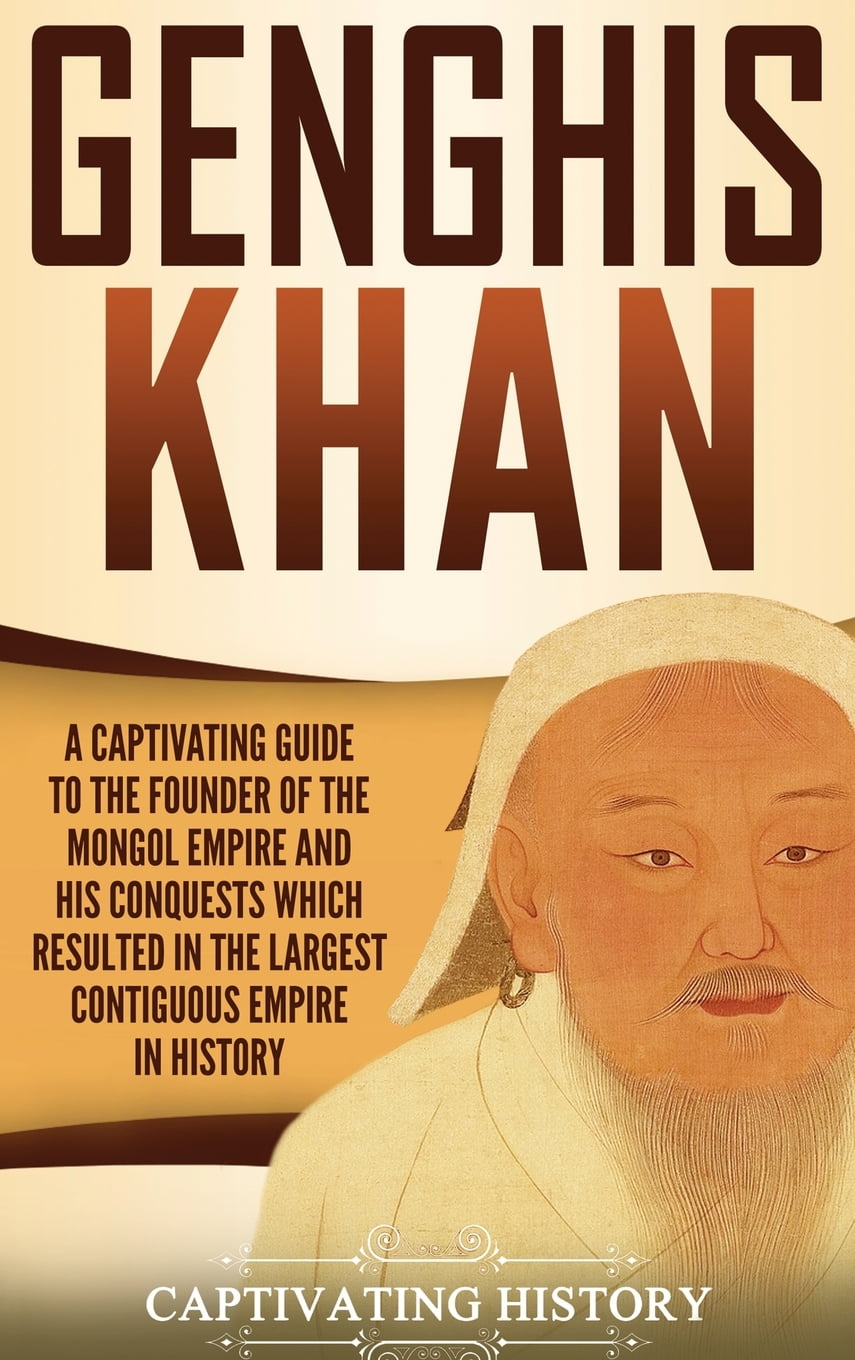

Preceding all of these is a genealogical table showing Genghis Khan, his sons, and the successor khanates. The book is organized into an introduction, and then three sections of the text itself, and concluding with an epilogue, notes, glossary, and bibliography. The strength of Weatherford's writing is that he mixes narrative with analysis and grabs the attention of any reader. As a result, Genghis Khan and the Making of the Modern World spent several weeks on the New York Times Best Seller list. The author, Jack Weatherford, the Dewitt Wallace Professor of Anthropology at Macalester College, has written several books targeted for the non-academic world and writes in a very engaging style. Thus, the publication of Jack Weatherford's book, Genghis Khan and the Making of the Modern World, is a welcome addition to the literature on the Mongols.

The western world, saturated in media distortion and a reluctance to accept changes in perceptions of history, has been rather averse in accepting Genghis Khan's activities as pivotal in world history and the shaping of the modern world. The name of Genghis Khan is often associated with destruction, although the image of Genghis Khan has been rehabilitated somewhat in the west. Reviewed by Timothy May (Assistant Professor of History, North Georgia College and State University) Genghis Khan and the Making of the Modern World.


 0 kommentar(er)
0 kommentar(er)
